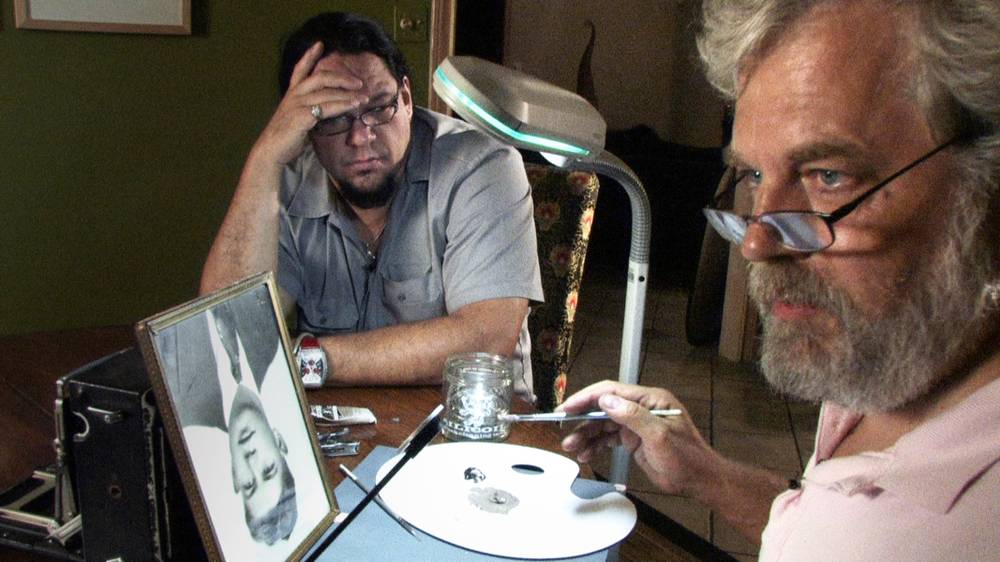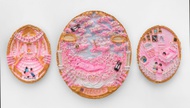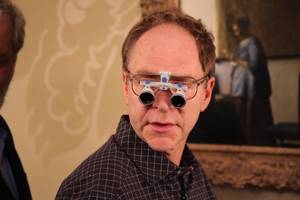
Tim's Vermeer Directed by Teller. Rated PG-13. Opens Friday.
As magicians, Penn and Teller are process geeks; in their stage show, they delight in explaining just enough of the mechanics of an illusion that the audience thinks it knows what’s happening, only to have the rug completely pulled out from under it. The documentary Tim’s Vermeer, directed by Teller and produced and narrated by Penn, is all about process, about the kind of achievement that might first seem like magic but is really the result of careful, meticulous planning and the dedication to see it through.
That planning and dedication comes from inventor and longtime Penn and Teller friend Tim Jenison, who becomes fascinated by the artistic process of 17th-century Dutch painter Johannes Vermeer. Jenison develops a theory that Vermeer used a combination of mirrors and camera obscura to create his almost photo-realistic paintings, and he sets out to develop a device that would replicate what he believes is Vermeer’s process.
To test his theory, Jenison, who has no artistic training, decides to re-create Vermeer’s famous painting “The Music Lesson” using his device. It’s a remarkable endeavor that the movie portrays in a fairly straightforward manner, as Jenison goes step by painstaking step through the process of perfecting his device and then building a replica of the room depicted in “The Music Lesson,” all with his own hands. Although there are a few detours that explore art history (including appearances from scholars David Hockney and Philip Steadman), the movie is less interested in academic debates than in Jenison’s single-minded dedication. In its best moments, it becomes a character study of this quiet, eccentric man, who has the resources and the self-discipline to pursue his odd obsession to its endpoint.
Mostly, though, it’s a sort of scientific procedural, and even at just 80 minutes, it feels a little drawn out. Penn and Teller tone down their typically snarky screen presence, and the result might have worked better as a PBS special than a feature film. Still, even when Jenison’s process becomes a little tedious, the movie makes sure to remind us that tedium is often an essential part of how art is created.
Teller talks: Insights from the Tim’s Vermeer director
On Penn & Teller’s connection with Tim Jenison: We’ve known Tim for a long time. Penn and Tim have been very, very close for years. They’re very close to the same ages; they like the same music; they’re both fanatics about science. They feed on each other very well.
On his working relationship with Penn on the movie: It was different, but it benefited from all of our years of working together. One of the things that you learn in a partnership is you learn how to stay out of each other’s way. There are times when you should absolutely just shut up and let the other guy work. That’s a big key to our working relationship onstage, and it was a very big key in this.
On his own artistic background: I was brought up in a household of painters. My father and mother were both painters, oil painters and acrylic painters. They met in art school. I was always around the house where people were trying to get images onto canvas.
On how confident he was that Jenison would succeed: More confident than I should have been. Tim inspires confidence, because he’s so bright and so determined and has succeeded so well with so many things in his life.








